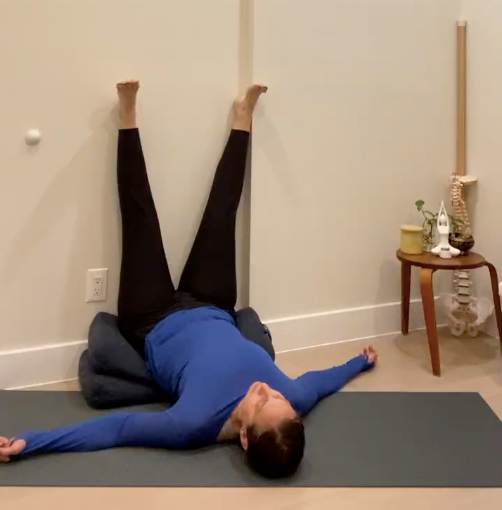Deep Rest + Why You Need It
- an6133
- Jan 3
- 2 min read
Updated: Jan 6

Rest is a fundamental state in human biology, crucial for maintaining physical and mental well-being. It involves both the physical act of ceasing activity and the internal processes that allow the body and mind to recover. At its core, rest is deeply intertwined with the functioning of the parasympathetic nervous system (PNS), the part of our nervous system responsible for long-term survival. The PNS is often referred to as the “rest and digest” system, in direct contrast with the sympathetic nervous system, or the “fight or flight” response - the part of our nervous system responsible for immediate survival.
The PNS is responsible for conserving energy, promoting relaxation, and restoring the body to a state of equilibrium after stress. Its primary nerve, the vagus nerve, plays a central role in transmitting signals between the brain and various organs, including the heart, lungs, and digestive system.
When the PNS is activated, several physiological changes occur. Heart rate and blood pressure decrease, facilitating a state of calm. Breathing slows and deepens, improving oxygen exchange and reducing tension in the diaphragm. Blood flow is redirected from the muscles to the digestive and reproductive organs, enhancing nutrient absorption and cellular repair. Additionally, the release of stress hormones like cortisol diminishes, while the production of "feel-good" neurotransmitters such as serotonin and endorphins increases.
Anatomically, rest involves not only the PNS but also the brain regions associated with emotional regulation and recovery. The prefrontal cortex supports mindfulness and emotional balance, while the amygdala’s activity diminishes during states of rest, reducing fear and anxiety.
And you can learn to turn on the PNS when you need to do. Deep breathing exercises, slow movements synchronized with breath, low bass sounds, rhythmic tones, and silence are just a few of the ways that you can turn on the PNS and give your body the rest it needs. Practices like restorative yoga, meditation, and controlled breathing techniques intentionally engage the PNS, promoting relaxation and improving the body's ability to recover from stress, activating what's called the Relaxation Response. By practicing turning on The Relaxation Response, we build better resilience - the ability to recover, faster, from stressful situations.
In modern life, chronic activation of the sympathetic nervous system due to stress can hinder the body's ability to rest effectively. Indeed, we spend the majority of our time in the Sympathetic Nervous System, something called Sympathetic Dominance. By understanding and nurturing the parasympathetic response, we can achieve deeper states of rest, and enhance our overall health.



Comments